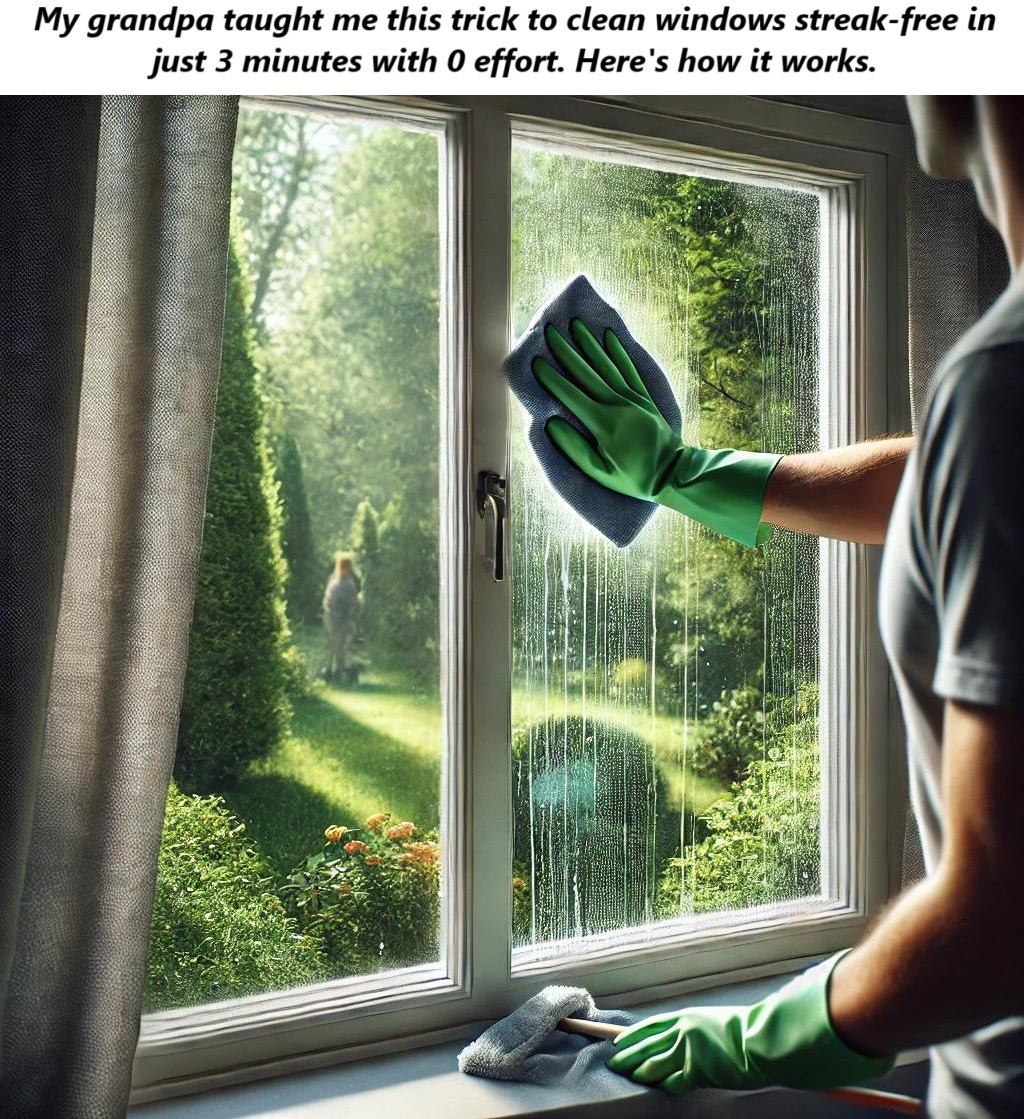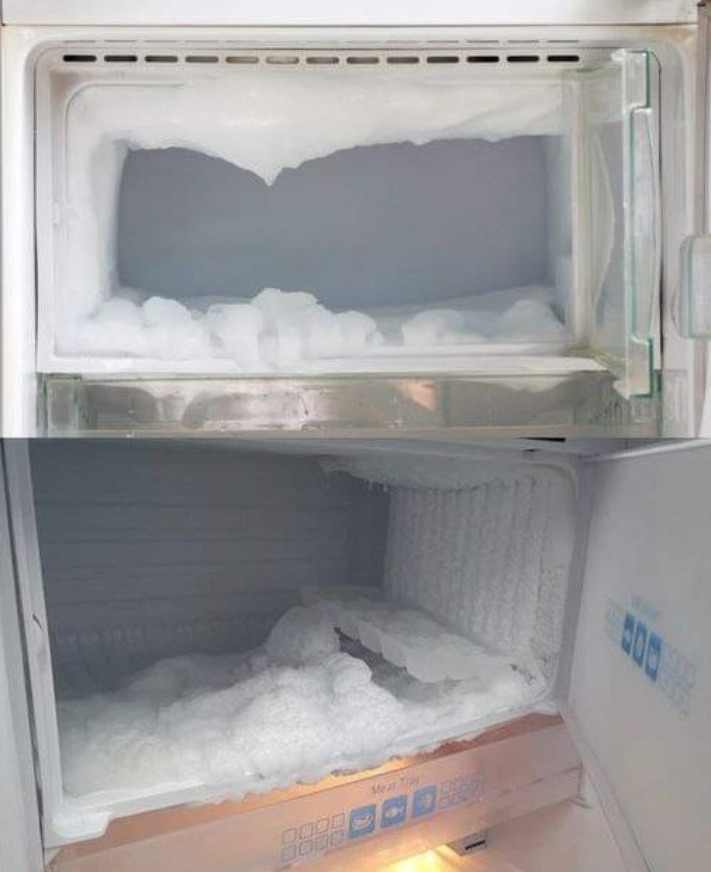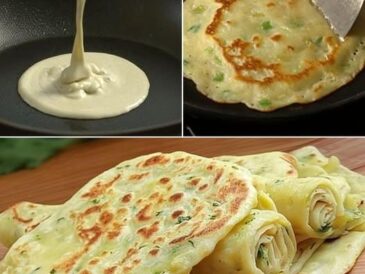Cleaning windows can often feel like a tedious chore, especially when you’re left with streaks that seem to undo all your hard work. Everyone loves the look of sparkling, clear windows, but finding the right method to achieve that can be elusive. Luckily, thanks to a simple trick my grandpa taught me, achieving streak-free windows can be quick and almost effortless. Imagine getting this task done in just 3 minutes!
It’s easy to get frustrated with the numerous methods and products on the market promising spotless windows, only to end up disappointed with streaks and smudges. Whether it’s the spray bottles, specialized wipes, or expensive solutions, none of them seem to provide the flawless shine we desire. And it always feels like a battle against time, as windows can quickly attract dust, watermarks, and fingerprints once they’re cleaned. But don’t worry — this article will guide you through a tried-and-true method handed down through generations. Keep reading to discover this incredibly simple and effective trick that requires little to no effort, and change how you clean your windows forever.
What You’ll Need:
- A bucket of warm water
- A few drops of dish soap
- A squeegee
- A microfiber cloth
- Optional:
- White vinegar
This minimal list of supplies is all you need for a perfect, streak-free clean. Most of us already have dish soap and a microfiber cloth at home, and a squeegee can be picked up at any local store for a reasonable price. With these simple tools, you’ll achieve professional-quality window cleaning in no time.
The Steps to Streak-Free Windows
Cleaning windows effectively requires a bit of technique, but don’t worry, it’s easier than you think. Follow these steps to transform your windows into streak-free masterpieces!
1. Fill a Bucket with Warm Water and Add a Few Drops of Dish Soap
Start by filling your bucket with warm water. You don’t want the water to be too hot, as it could be uncomfortable to handle and might also evaporate too quickly. Warm water works best because it helps to loosen dirt and grime from the glass. Add a few drops of dish soap into the water, and stir gently to mix. You don’t need a ton of soap — just enough to create a slightly soapy solution. The soap helps break down grease and oils on the glass, making it easier to clean.
2. Optional: Add a Splash of White Vinegar
For extra cleaning power, consider adding a small splash of white vinegar to the soapy water. Vinegar is a natural degreaser and can help remove stubborn watermarks and mineral deposits. It’s also excellent for removing streaks since it helps to dissolve the residue left behind from hard water. Don’t worry about the smell — it will dissipate as the window dries.
3. Dip the Microfiber Cloth in the Soapy Solution
Now it’s time to dip your microfiber cloth into the soapy solution. Make sure the cloth is thoroughly damp but not soaking wet. You don’t want excess water dripping down your window, as this can create streaks. Wring the cloth out until it’s just damp, ensuring that it’s soft enough to glide over the surface without leaving any lint or fibers behind. The microfiber cloth is the key to avoiding streaks because it picks up dirt and grime without leaving residue.
4. Wipe the Window Thoroughly with the Damp Cloth
Begin by wiping down the window with the damp microfiber cloth. Be sure to cover the entire window surface. Use gentle, circular motions to pick up dirt and debris. If the window has particularly stubborn spots or stains, apply a little more pressure in those areas. Microfiber cloths are designed to trap dust and grime, so don’t be afraid to give it a good wipe. It’s important to cover all areas of the window evenly to prepare it for the next step.
5. Squeegee the Window from Top to Bottom
Here’s where the magic happens: Immediately after wiping the window with the cloth, grab your squeegee. Place it at the top of the window and pull it down in one smooth motion. Always work from top to bottom, as this prevents water from dripping onto the areas you’ve already cleaned. It’s important to use smooth, even pressure when pulling the squeegee down to ensure an even clean without streaks.
For best results, clean the edge of the squeegee with a clean towel after each pass. This helps remove any excess water or grime that may be left behind, ensuring the next stroke is as clean as possible. Wipe the squeegee blade after each pass so you don’t inadvertently transfer streaks back onto the glass. Repeat the squeegee motion until the entire window is clean.
6. Finish by Wiping Off Any Remaining Water or Streaks
Once you’ve used the squeegee, check the window for any remaining streaks or water spots. If you notice any, take a dry microfiber cloth and wipe them away. The dry cloth will pick up any excess moisture and buff the glass to a beautiful shine. A quick wipe around the edges of the window and the corners will also ensure there are no leftover water spots. You can also use the microfiber cloth to wipe any drips from the frame or sill.
Why This Method Works So Well
You might be wondering what makes this method so effective. The secret lies in the combination of a few simple steps:
- Warm Water: The warm water helps loosen dirt and grime from the surface of the glass, making it easier to wipe away.
- Dish Soap: A few drops of dish soap create a soapy solution that helps break down grease, oils, and fingerprints. Soap is gentle yet effective at cutting through everyday messes on your windows.
- Microfiber Cloth: Microfiber is designed to lift and trap dirt without leaving behind lint, residue, or streaks. It’s perfect for cleaning glass surfaces because it’s non-abrasive and doesn’t scratch.
- Squeegee: The squeegee is a professional tool used to wipe large areas of glass quickly and efficiently. It removes water without streaking and provides a polished finish in seconds.
- Optional Vinegar: Adding vinegar to the mix provides extra power against mineral deposits, hard water stains, and watermarks, all without harsh chemicals.
Together, these steps allow you to clean your windows with minimal effort and maximum results. There’s no need for expensive window-cleaning products or endless scrubbing. You’ll be amazed at how simple and effective this method is!
Additional Tips for Streak-Free Windows:
- Clean on a Cloudy Day: If possible, try cleaning your windows on a cloudy day. Direct sunlight can cause the cleaning solution to dry too quickly, leaving behind streaks before you can wipe them away.
- Use the Right Cloth: Always use a clean microfiber cloth to avoid spreading dirt and smudges around. If the cloth is too dirty, it could leave streaks or lint on the window.
- Be Gentle with the Squeegee: Avoid applying too much pressure when using the squeegee. Let the tool glide gently over the surface to achieve a smooth, streak-free result.
- Don’t Overdo It with Soap: A few drops of dish soap are all you need. Using too much soap can cause excessive suds that may leave streaks behind, so stick to a small amount.
- Dry the Edges: After squeegeeing, always dry the edges and corners of the window with a microfiber cloth to prevent drips.
Conclusion
Cleaning your windows doesn’t have to be a daunting task. With this simple trick, you can achieve streak-free windows in just a few minutes. By using common household items like dish soap, a microfiber cloth, and a squeegee, you’ll be able to get sparkling clean windows with minimal effort. Plus, there’s no need for harsh chemicals or expensive products. The best part is that this method has been passed down through generations and works every time.
So the next time you tackle your windows, remember my grandpa’s easy trick, and enjoy the satisfaction of streak-free, gleaming windows. Your home will look brighter, and you’ll feel a sense of accomplishment knowing that cleaning your windows has never been easier. Try it out for yourself, and you’ll never look back!





